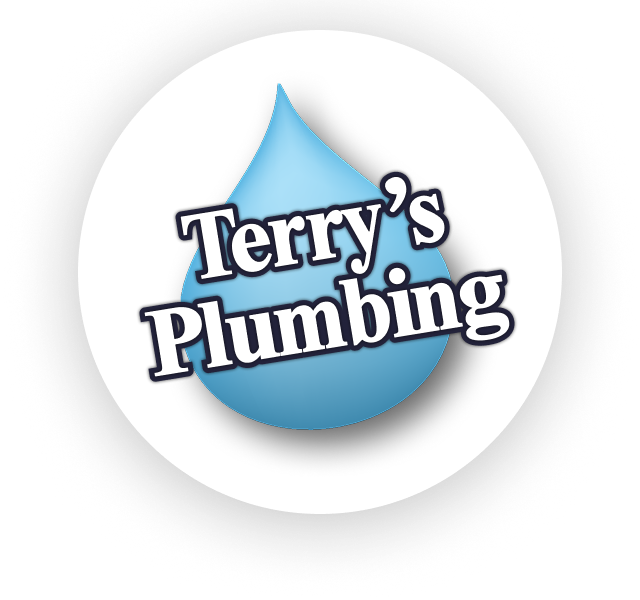Pro TIps
Vanquish Puddles In A Flooded Basement
Summer is here! Unfortunately, it can’t all be fun in the sun. For some people, summer brings thunderstorms, heavy rains and flooded basements. Basements that are prone to flooding need special accommodations to provide extra drainage. In the following post, we’ll help you remove water from your flooded basement, then provide advice that can prevent floods in the future.
Removing Water from an Already Flooded Basement
Submersible utility pumps are designed to remove a lot of water in a little amount of time. Submersibles are designed to sit in the water and suck it up from the floor of your basement. Here’s how to use a submersible pump:
- Position the pump in the lowest part of the basement. If your basement has clogged drains, the drains are likely to be in the lowest spots in the basement. If you don’t know where the lowest point of your basement is, walk around mentally noting the height of the water on the basement floor. The lowest point of the basement will be the place where the water is highest on your legs.
- Place the utility pump in the water and attach the hose. To finish with the pumping in the shortest amount of time possible, attach the largest hose possible.
- Position the hose to run up out your house.
- Turn on the pump.
Time is of the essence. The faster your basement is dried, the less damage there will be. Using more than one submersible pump at a time can speed the process.
When the submersible utility pump is done working, use a wet vac to get the last of the puddles out of your basement. Here’s a great video we found online that walks you through the process of using Simer brand utility pumps:
Preventing Floods in the Future
Benjamin Franklin said, “an ounce of prevention is worth a pound of cure.” To prevent a basement flood from happening in the future, you’ll need to install a proper drainage system. Two possible drainage systems include:
- Sump pump. Sump pumps by themselves are good for basements that flood in one spot and one spot only. Sump pumps sit inside a hole (called a sump). When the basement floods, water collects in the sump and the pump removes the water from the basement. Costing an average of around $600 to $1300 to install, sump pumps are a relatively affordable option for some homeowners.
- French drains. French drains are necessary in home where the entire basement becomes flooded during heavy rains. This a French drain works: a trench is dug all the way around the basement inside the concrete wall. A pipe full of holes is installed inside the trench, then the trench is filled with gravel. When rain comes, the trench fills with the water that would have otherwise flooded the basement, and then the pipe inside the trench fills with the water and the water is carried away from the house. A sump pump can be used to remove the water that the French drain collects. French drains like this can cost in the thousands to install.
They say that 60 percent of American homes have wet basement, and it takes only one good storm to cause a really spectacular flood. Installing a proper drainage system can save you money and time in costly repairs from bad floods. For more information, residents of the Pittsburgh area can contact Terry’s Plumbing. We love good drainage, and we want to spread it around. Contact us today.
